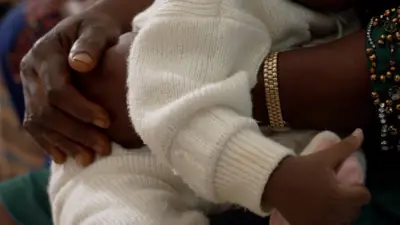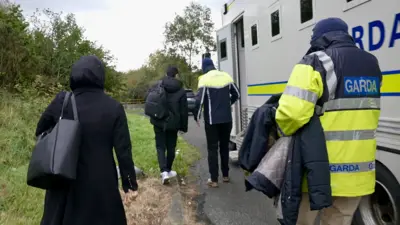We've updated our Privacy and Cookies Policy
We've made some important changes to our Privacy and Cookies Policy and we want you to know what this means for you and your data.
Wildlife crime figures 'tip of iceberg', MSPs are told
Image source, Thinkstock
Official wildlife crime figures are the "tip of the iceberg" in terms of reflecting the scale of the problem, MSPs have been told.
A total of 284 crimes were recorded in 2014/15, up from 255 in 2013/14, according to the .
But environmental organisations said it was clear only a small proportion of offences were being detected.
They were giving evidence to Holyrood's environment committee.
Ian Thomson, of the Royal Society for the Protection of Birds, told the committee that the annual wildlife crime report now contained a "greater level of information" and "more clarity" than it had done in previous years.
But he added: "What we are dealing with is only a proportion of what is actually going on, ie the tip of the iceberg."
Mr Thomson highlighted a case where a man was seen shooting two buzzards but 11 more were found hidden down rabbit holes in a follow-up search by police.
He said: "There are numerous cases where evidence is found concealed or partially concealed."
'Colossal problem'
Mr Thomson also highlighted a study undertaken in the north of Scotland which showed 41 red kites had been found illegally poisoned.
However, population modelling indicated that this only represented a quarter of what the actual number of poisoned birds would have been.
Pressed by committee convener Graeme Dey on whether he was arguing that there was a "colossal problem" that is not being identified, Mr Thomson said: "Absolutely."
Peter Charleston, of the Bat Conservation Trust, agreed that the report did not present the full picture on wildlife crimes.
"We are aware of a number of investigations undertaken by Police Scotland, none of which resulted in crimes being recorded," he said.
"We have no difficulty with that. The problem as far as we are concerned with reporting on crimes rather than incidents is that for bat persecution or bat crime there are many opportunities to prevent crime, probably more so than in most areas of wildlife crime."
He said there is "excellent preventative work undertaken and the extent of that work does not feature in the report".
Top Stories
More to explore
Most read
Content is not available








